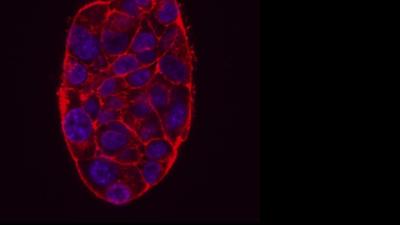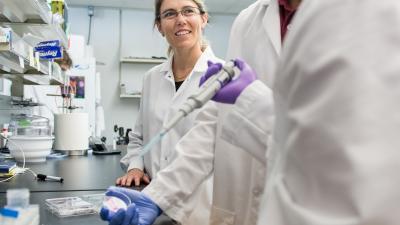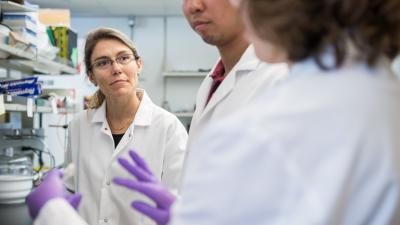Cancer Models Created by Mechanical Engineers Offer New Insight Into Tumor Growth
As cancer and tumor cells move inside the human body, they impart and are subject to mechanical forces. In order to understand how these actions affect cancer cell growth, spread, and invasion, a team of engineers at Rensselaer Polytechnic Institute is developing new models that mimic aspects of the mechanical environment within the body, providing new insight into how and why tumors develop in certain ways.


